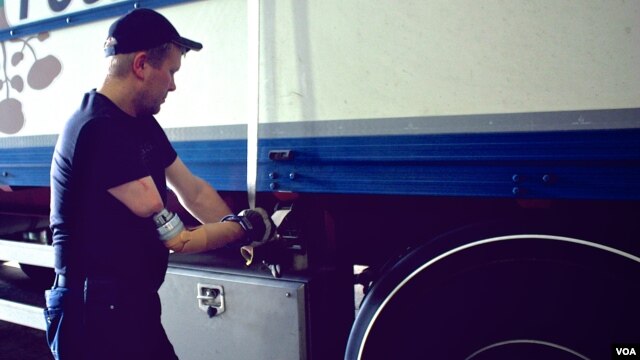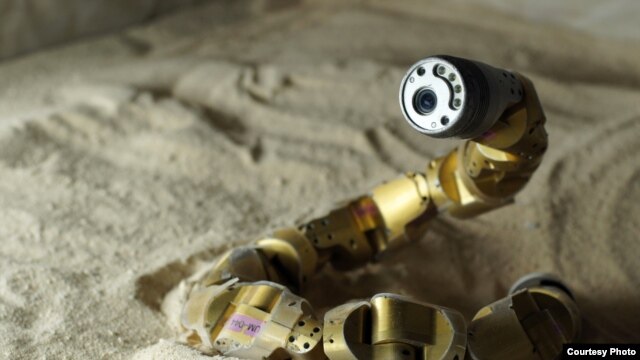By Nate RawlingsMarch 26, 20130

Army photo
Read more: Breaking the Mold in Prosthetic Arms | TIME.com
Awesome what things they're coming up with in the world of medicine.

Army photo
Retired U.S. Marine Corps Capt. Jon Kuniholm (left) and Army Maj. Marc Hoffmeister pause during roped team movement on Pika Glacier in Alaska, 2008.
Few entrepreneurs can claim as intimate a connection to their products as Jonathan Kuniholm. As an engineer working at the forefront of some of the latest research to improve prosthetic arms, Kuniholm discovered that the efforts had overlooked a much simpler but utterly crucial question for improving amputees quality of life: how can they benefit from devices if they dont wear them at all?
Kuniholm has been trying to answer that question for the past eight years.
Read more: Breaking the Mold in Prosthetic Arms | TIME.com
Awesome what things they're coming up with in the world of medicine.






